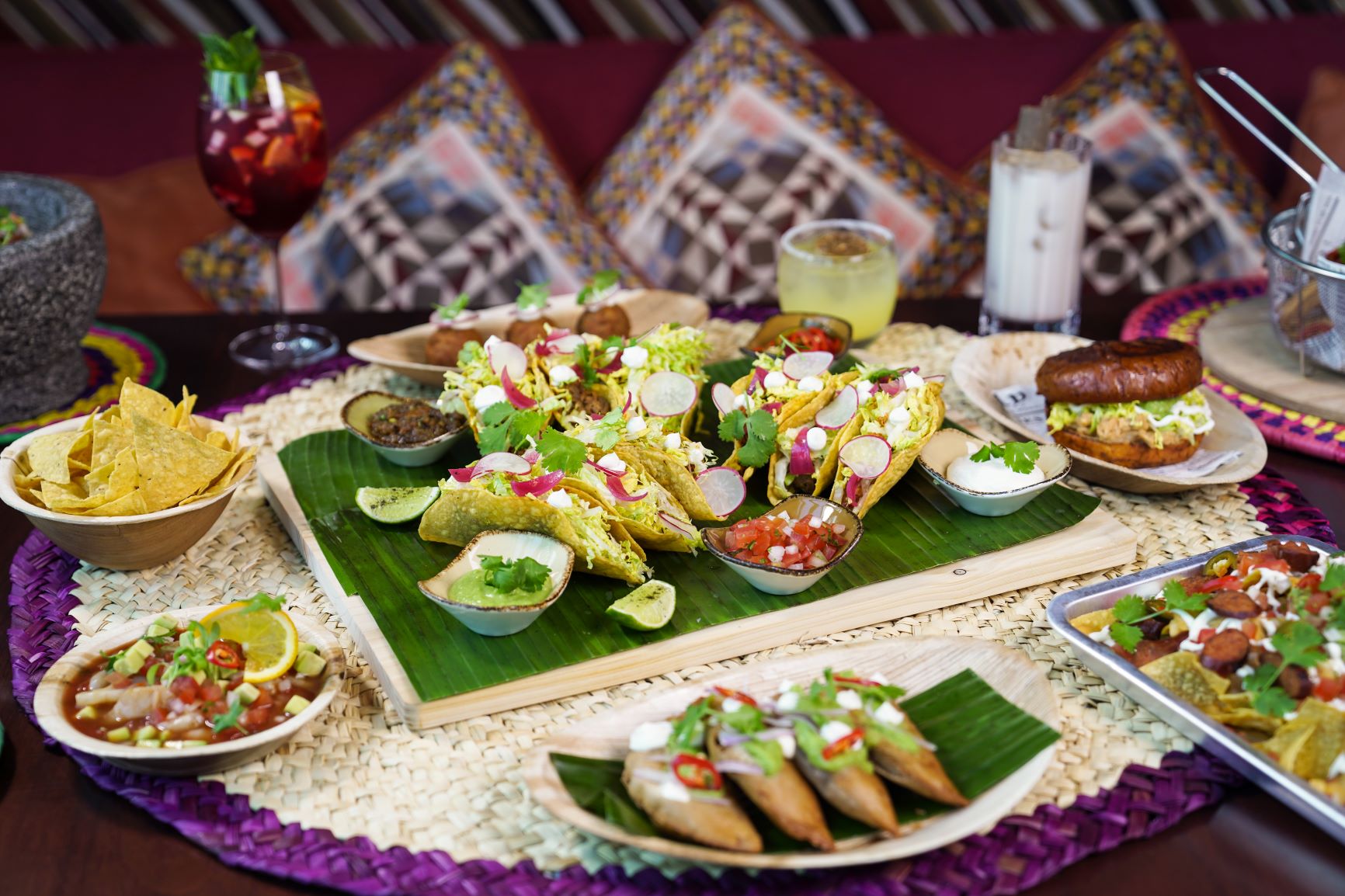Once a week, an email chain of epic proportions germinates in my inbox: it’s a regular call to brunch, followed by a scramble to figure out where we’re eating, how many people are in so that reservations can be made, what time we’re eating and whether or not bottomless mimosas are available. No mimosas usually means a change in venue, depending on who’s in. And come Sunday morning there’s a round of phone calls and text messages to rally the oversleeping, hung-over and/or otherwise indisposed members of the group. It’s a complicated affair.
In anticipation of this Sunday, families all across the country will be be going head-t0-head, trying to beat each other out in securing brunch reservations at their favorite dining spots in order to celebrate Mother’s Day. When did people start subjecting themselves to this delicious little slice of Sunday madness?
As is the case with many culinary traditions, the origins are a bit hazy. Some food historians think that the meal has its roots in England’s hunt breakfasts—lavish multi-course meals that featured a smorgasbord of goodies such as chicken livers, eggs, meats, bacon, fresh fruit and sweets. Others posit that Sunday brunch derives from the practice of Catholics fasting before mass and then sitting down for a large midday meal. And then there are those who look to New York’s abundance of dining spots when it comes to tracing the origins of classic brunch dishes from eggs Benedict to bagels and lox.
What does seem certain is that the word “brunch”—that playful blend of “breakfast” and “lunch”—first appeared in print in an 1895 Hunter’s Weekly article. In “Brunch: A Plea,” British author Guy Beringer suggested an alternative to the heavy, post-church Sunday meals in favor of lighter fare served late in the morning. ”Brunch is cheerful, sociable and inciting,” Beringer says. ”It is talk-compelling. It puts you in a good temper, it makes you satisfied with yourself and your fellow beings, it sweeps away the worries and cobwebs of the week.”
But wherever the initial spark of genius came from, the tradition definitely seems to have caught on in the United States in the 1930s, supposedly because Hollywood stars making transcontinental train trips frequently stopped off in Chicago to enjoy a late morning meal. It was a meal championed by hotels since most restaurants were closed on Sundays and, with church attendance flagging after World War II, people were looking for a new social outlet that also let them sleep in a bit. Restaurants soon hopped on the bandwagon and began offering the decadent spreads of food and signature morning cocktails, such as Bloody Marys, Bellinis and Mimosas.
“Sunday dinner became important because it was the only time people could eat together as a family unit during the week at the onset of urbanization and industrialization, 150 years ago,” according to Stanford University professor Carl Degler in a 1980 Chicago Tribune article on the rise of America’s brunch culture. He also pointed to another social change that might be responsible for why Sunday brunch became so popular here. “After World War II, large numbers of American married women entered the workforce for the first time. Married women needed a relief on Sunday, too, thus the rise in popularity of Sunday brunch eaten out.”
Chefs, however, aren’t a huge fan. After a busy Saturday night, trying to create a menu for a meal that stretches from 11 A.M. until 3 or 4 in the afternoon—finding that right balance between breakfast foods, lunch foods and exotic hybrids of the two—is no small task. And then there’s the issue of dealing with fussy diners.
Will you be celebrating mom by way of a big brunch buffet this Sunday or do you have other Mother’s Day dining traditions you like to keep? Tell us in the comments area below.
Written by Jesse Rhodes, first published on smithsonianmag.com






Leave A Comment
You must be logged in to post a comment.